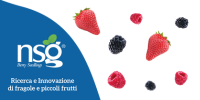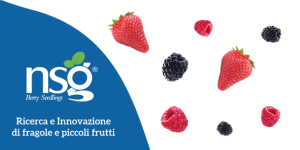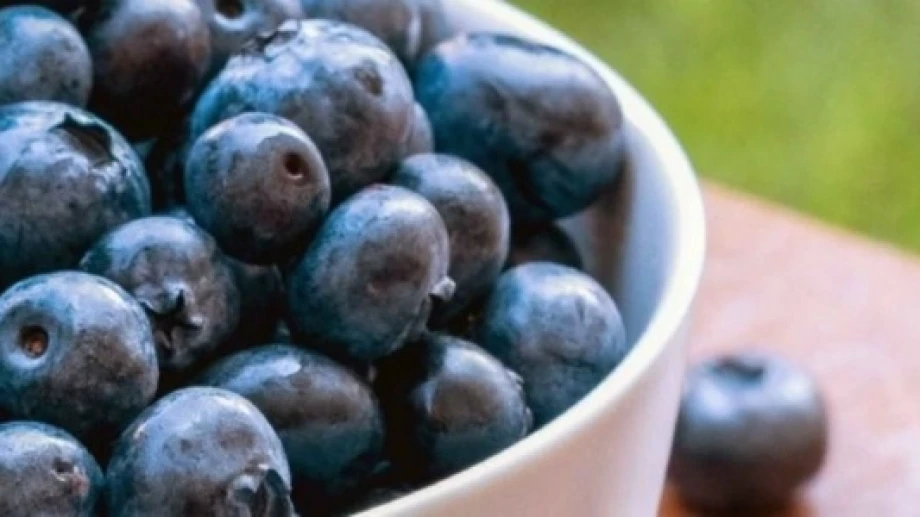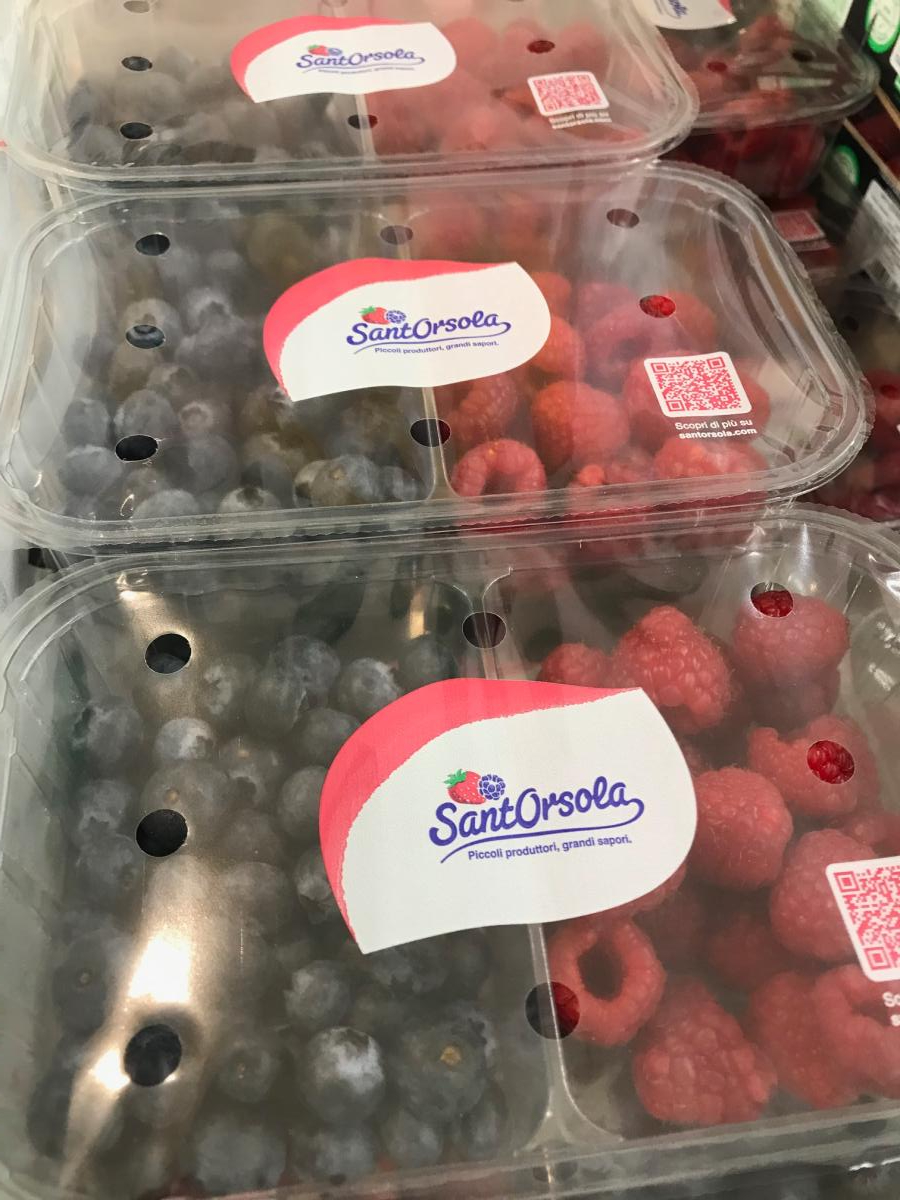In recent years, France has experienced a surge in blueberry consumption, accompanied by an increase in cultivated areas. However, the expansion of the supply chain requires precise guidance to meet consumer expectations.
Since 2021, the CTIFL (Centre Technique Interprofessionnel des Fruits et Légumes) has been conducting an in-depth study on the quality of cultivated blueberries, with the aim of identifying the parameters that drive consumer preferences and rejections.
Wild and cultivated blueberries
The blueberry, belonging to the Ericaceae family, comes in two main forms: the European wild species Vaccinium myrtillus and the North American cultivated variety Vaccinium corymbosum.
The morphological and agronomic differences between the two types are significant: while the wild plant remains low and creeping, the cultivars can reach up to 2 meters in height. Cultivation requires acidic, well-drained soils rich in organic matter, as well as good sun exposure and controlled irrigation.
A growing global market
The global demand for blueberries is steadily increasing. With about 296,000 tons, the United States dominates production, followed by Canada for wild berries.
Latin America has gained a leading role thanks to counter-seasonal production: Peru (290,000 t), Chile (100,000 t), Mexico (70,000 t). Morocco (60,000 t) is also emerging.
In Europe, the main producers are Poland, Spain, and Portugal.
The CTIFL project
France remains a small producer with around 2,000 tons per year, mainly located in Auvergne-Rhône-Alpes, Bourgogne-Franche-Comté, Nouvelle-Aquitaine, and Brittany.
Alongside wild harvesting, selected cultivations are developing, both conventional and organic. To meet the growing domestic demand, France imports blueberries mainly from Spain, Morocco, Peru, and Chile.
Since 2021, CTIFL has been analyzing 70 blueberry batches (34 varieties) through sensory tests, physico-chemical, and biochemical analyses.
The berries come from various sources: markets, historical orchards, experimental cultivations, and the varietal collection of the La Morinière center.
Variable organoleptic quality
The average weight is 1.8 g, ranging from 0.8 to 3 g. Ripe berries show slight color differences, while purple berries indicate immaturity.
Parameters such as refractometric index (9.4–18 % Brix) and acidity (2.5–26 meq/100 g) vary widely, making it difficult to predict taste perception based solely on physical data.
Standardized sensory analysis makes it possible to classify the batches into four quality classes. The most preferred are the sweeter, more aromatic, and juicier ones, while those that are too acidic, not very crunchy, or flat-tasting are penalized.
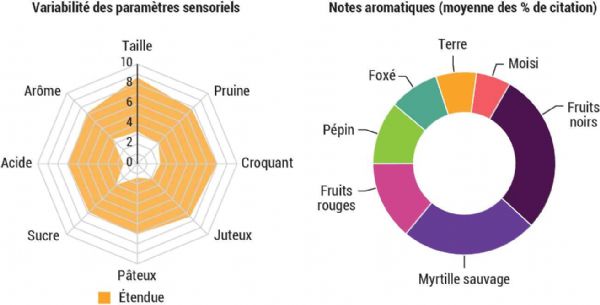 Figure 2: Variability of organoleptic parameters of 76 batches tasted by the trained panel from 2021 to 2024 – Sensory profiles: minimum and maximum intensity and aromatic notes – average percentages of citation
Figure 2: Variability of organoleptic parameters of 76 batches tasted by the trained panel from 2021 to 2024 – Sensory profiles: minimum and maximum intensity and aromatic notes – average percentages of citation
Two consumer profiles
A survey conducted in 2024 on 147 consumers revealed two main groups:
Group 1 (52%): expert consumers, mostly women over 50, taste lovers, preferring crunchy and aromatic berries, willing to pay more for quality.
Group 2 (48%): occasional consumers, younger, preferring sweet and less acidic fruits. Price-sensitive, they often buy on promotion or in large formats.
Nutritional quality
The analysis of 222 samples shows that blueberries contain an average of 8.7 mg of vitamin C per 100 g, with variations from 3 to 16 mg. By comparison, blackcurrants reach up to 200 mg/100 g.
However, the richness in polyphenols (up to 936 mg/100 g) is a strong point: anthocyanins and hydroxycinnamic acids represent more than 70% of the total content and play a key role in protection against oxidative stress, cognitive decline, and cardiovascular diseases.
Conclusion
The CTIFL study shows that blueberry quality is influenced by multiple factors: variety, agronomic practices, ripening stage, and storage.
To retain consumers, it is not enough to focus on fruits resistant to distribution: it is essential to enhance flavor and aromatic profile. Breeding research will need to take these findings into account to develop cultivars that combine yield, shelf life, and sensory pleasure.
Source text and images: www.ctifl.fr



